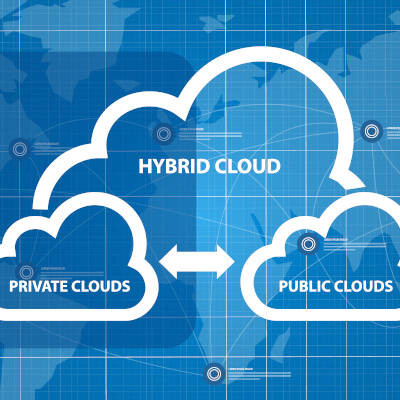After the past few years, the hybrid workplace has risen in its perceived value, the benefits of allowing employees flexibility in where they work from becoming very clear. That said, while the hybrid workplace is much closer to a reality than ever before, there are a few hurdles that must be cleared first.
Jackson Thornton Technologies News + Updates
When it comes to implementing new technology solutions, it’s easy to get distracted by all of the great possibilities and miss all of the challenges that it represents. The cloud in particular represents countless chances to improve operations and enhance efficiency, but the side of this is that there are many issues that could arise during the cloud migration process. Let’s consider some of these challenges and how we can help you get around them.
All businesses require software of some sort, but utilizing software comes with its own fair share of frustrations. How do you manage all of the licenses? How do you even afford the often high capital expense that comes with equipping all of your users with the programs they need? Thankfully, the cloud comes to the rescue once again with what’s called Software as a Service.
Deciding to start a business is a big shift in a person’s life, but it can be extraordinarily rewarding. Regardless of what business you plan on opening, there are some technologies that can work to make your new business easier to manage and can help you transition into the world of entrepreneurship. Let’s go through four technology tools the small business startup needs.
Regardless of their size, businesses need access to some considerable amounts of data nowadays. This means that even small businesses have situations to consider that not only carries data considerations, but operational considerations. Considering many businesses have shifted to a remote workforce (or some variant of it), it stands to reason that an organization’s hardware investments have to be more strategic than ever before.
The cloud is a well-established option for businesses to embrace nowadays. So much so, in fact, that the benefits of migrating their data environment to the cloud have encouraged many to take the plunge (or would that thematically be ascent?) into cloud-delivered services. These transitions don’t come without their issues, of course. Let’s go over a few of the most common challenges that a business encounters when performing a cloud migration.
Whether you are just a fledgling small business just trying to get your feet off the ground or a larger-scale enterprise with a multitude of clients, one thing will always remain the same: in today’s business world, the cloud is king, and it has the potential to change the way that your business operates for the better.
Do you realize how much paper you use each year? Do you realize how much paper you have stored in your office? Do you realize that none of that is necessary? Today, digital filing systems as a part of a document management strategy can keep you from wasting your business’ resources on paper, filing, and printing. Here’s how:
Today’s technology provides businesses with more options than they’ve ever had, including where they want to host their critical infrastructures. This decision will often boil down to between an onsite hardware implementation or utilizing the cloud. Let’s consider the differences that your decision needs to reflect.
Profitability is less the measure of being able to turn a profit, and more the measure of how much profit you can make. For the successful small business, the integration of technology can dictate what kind of annual margins you are looking at. For the new company, however, it can be something even more critical: the difference between setting a course for success, or wallowing in failure. Today we analyze the cost difference between hosting your IT in-house, or choosing to host it in the cloud.
The cloud has proven to be an extremely useful tool for the modern business. Not only does it provide anywhere-anytime access to applications, processing, storage, et al; it also delivers those products as a service, allowing you to budget for recurring costs rather than major upfront ones. This provides your organization with functional, supported, and secure computing environments that eliminate a lot of the support costs that traditional computing environments require. It sounds like a perfect scenario for small and large businesses alike, but things aren’t always what they seem, as a lot of cloud users have found that they have incurred several hidden costs by using cloud platforms. Today, we take a look at these hidden costs.















